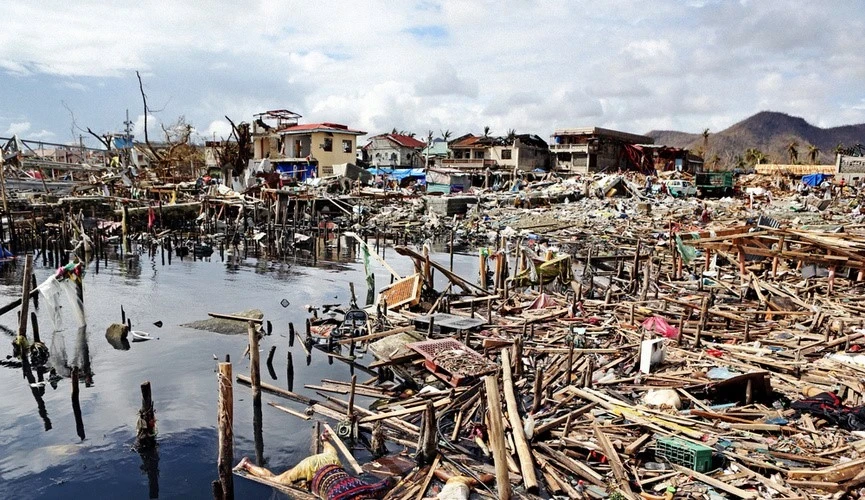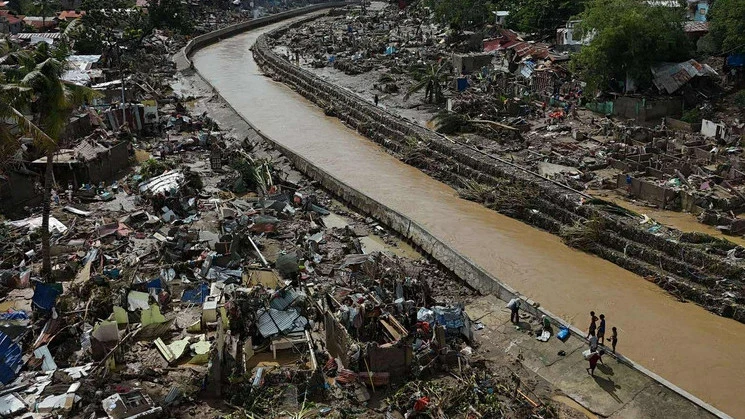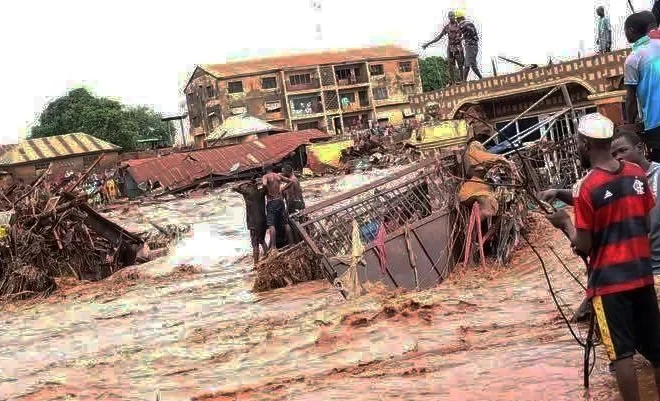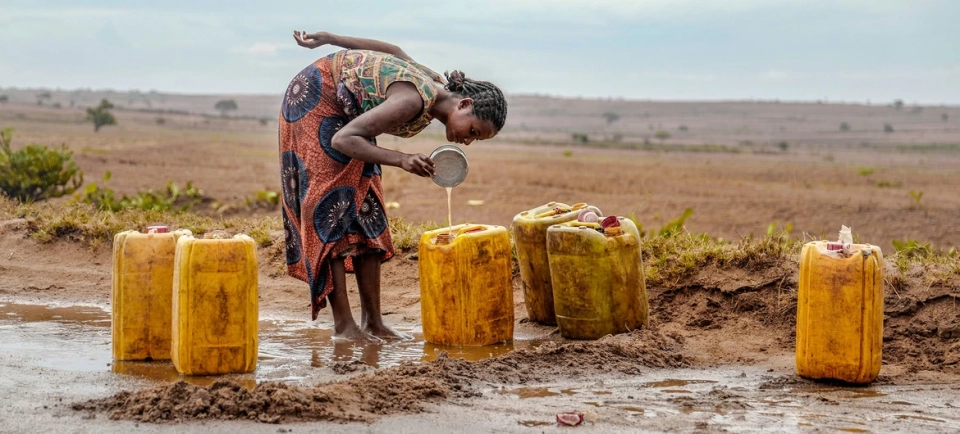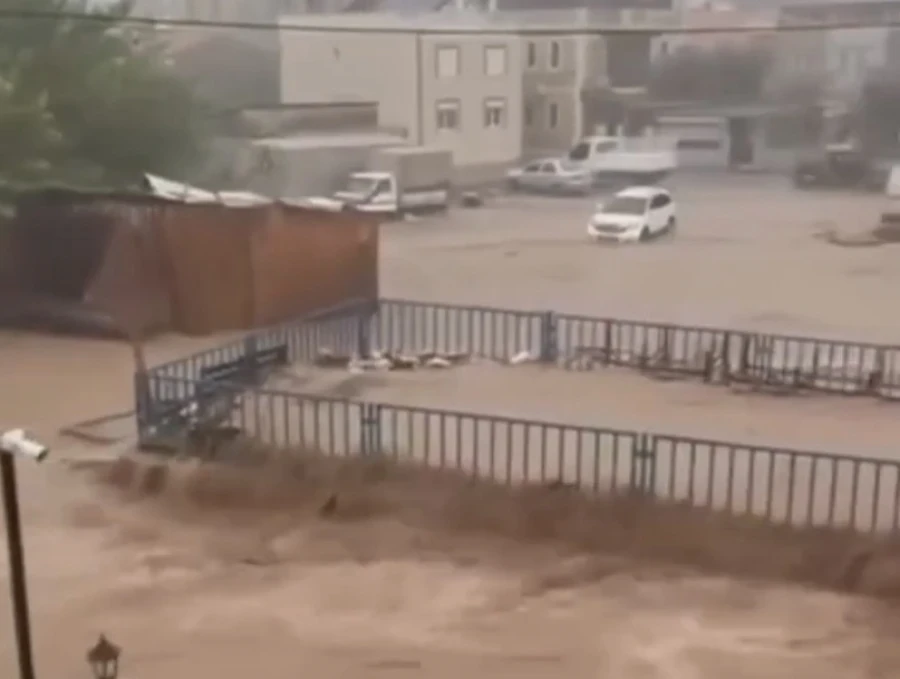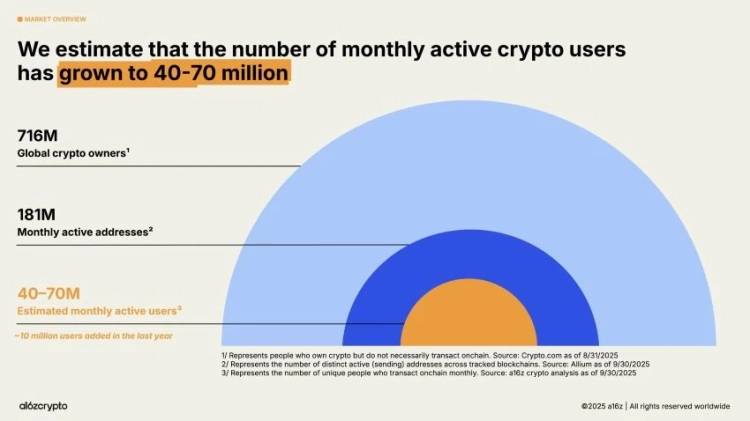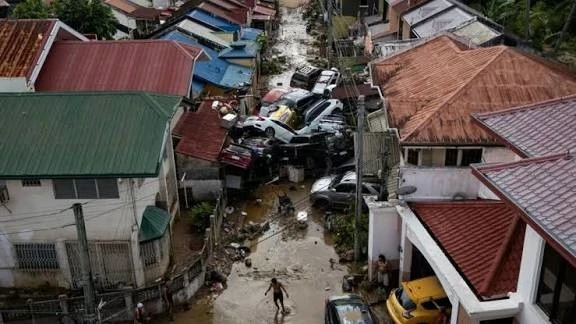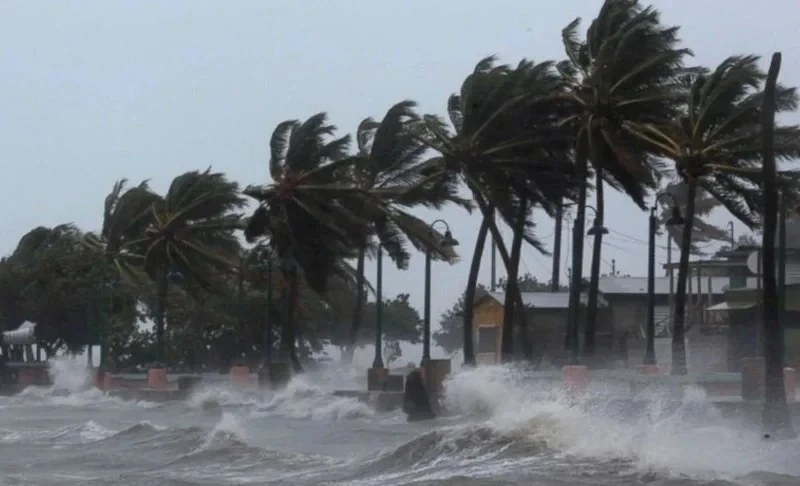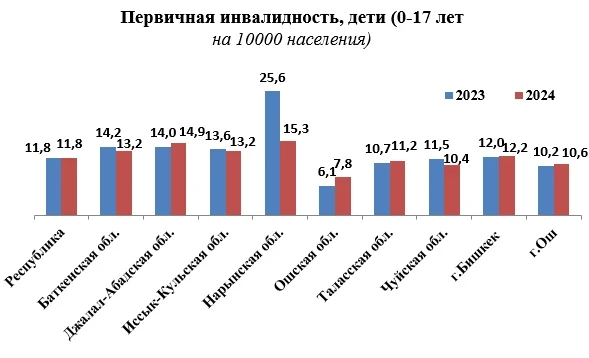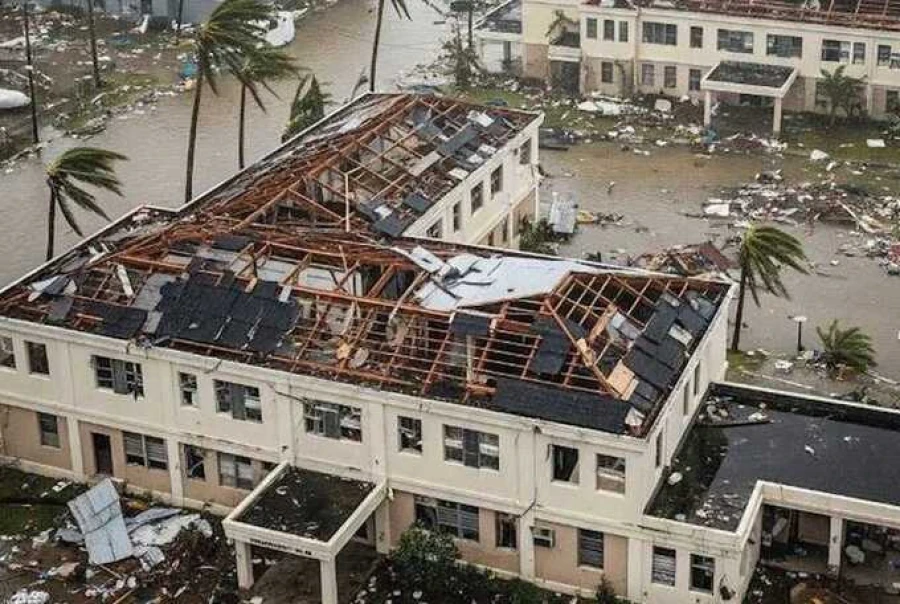
More than 250 million people have been forced to leave their homes over the past decade due to climate disasters. According to UNHCR, such events include not only sudden natural disasters like floods and droughts but also long-term processes, including desertification, rising sea levels, and ecosystem degradation, which threaten food and water security.
By mid-2025, 117 million people had been displaced due to conflicts, violence, and persecution. The authors of the report emphasize that the climate crisis acts as a "risk multiplier," exacerbating existing social and economic inequalities, especially in countries already experiencing military conflicts.
According to the report, countries hosting refugees and simultaneously suffering from climate disasters receive only a quarter of the necessary funding to combat the effects of climate change.
Refugees and internally displaced persons often find themselves in the most vulnerable areas. For example, in May 2024, a devastating flood in the Brazilian state of Rio Grande do Sul claimed the lives of 181 people and forced 580,000 to leave their homes, including 43,000 refugees from Venezuela, Haiti, and Cuba.
In 2023, Cyclone "Mocha" struck Myanmar hard, destroying infrastructure in Rakhine State, where over 160,000 Rohingya had been living in overcrowded camps since 2012.
In 2024, one-third of all climate disasters that UNHCR responded to affected people who had already left their homes due to conflicts.
UNHCR expresses concern that without decisive action to curb the climate crisis and support poor countries, the situation could significantly worsen. It is projected that by 2050, refugee camps in the hottest regions of the world may face nearly 200 days of dangerous heat each year, creating serious risks to health and life, while many areas will become uninhabitable.

